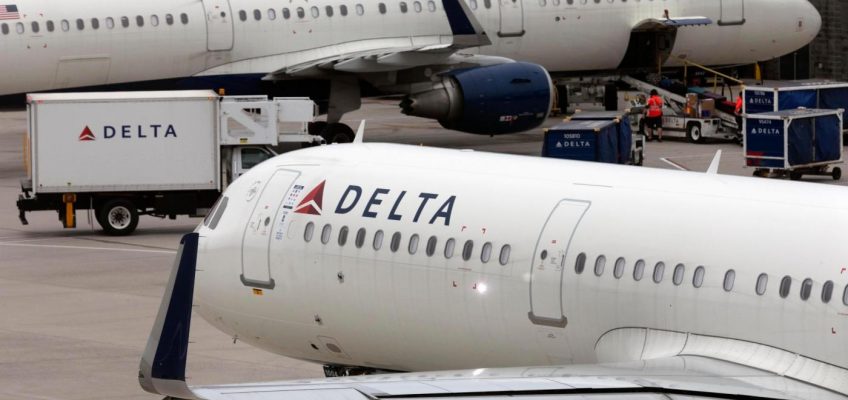A former St. Paul charter school substitute teacher was sentenced Tuesday to five years of probation and ordered to serve 160 hours community service for sexually assaulting a 17-year-old student in her classroom.
Caitlin Kalia Thao, 25, of St. Paul, pleaded guilty in July to an added charge of felony fourth-degree criminal sexual conduct in connection with assaulting a teenage boy this year at St. Paul City School. She was originally charged May 2 with felony third-degree criminal sexual conduct.
Caitlin Kalia Thao (Courtesy of the Ramsey County Sheriff’s Office)
Thao, a married mother of two children, resigned from her job on Feb. 27, four days after St. Paul police received a report of alleged sexual misconduct with the boy and a day after school administration confronted her with the accusations.
The school said Thao was hired as a paraprofessional on Feb. 21, 2023, and became a substitute teacher after getting her license in December.
According to the criminal complaint, police on Feb. 23, 2024, received a report of alleged sexual misconduct regarding Thao and a student. The school’s then-interim executive director told police of complaints from staff and others about Thao having “inappropriate behavior with students,” the complaint says. Thao was asked to meet with a school principal on Feb. 26, then resigned.
Police spoke with the boy on March 13. He said that Thao was “overly nice” and that they would talk through messenger apps. Thao called him handsome and would flirt with him, the boy said, according to the complaint. He said he flirted back “because she would buy stuff for him and his friends.”
The boy told police the sexual encounter occurred in a middle school classroom about a month and a half prior after she had invited him to her classroom through a text before a sports game.
Thao then sent him an Instagram message about it and invited him to her place when her husband wasn’t home. The boy declined the offer.
The complaint says that on March 9 a Regions Hospital social worker completed a child maltreatment form after Thao herself reported that she had a “sexual relationship” with a 17‐year‐old student she met in a class she had taught.
Thao did not respond to requests from police for an interview, the complaint says.
St. Paul City School, located along University Avenue near the Capitol, has operated since 1998. It has 600 students from preschool through grade 12 and employs 64 licensed staff members and 84 nonlicensed staff members, according to a March brochure.
‘Breach of trust’
Thao’s plea deal with the prosecution called for a stayed prison sentence and an executed six months in jail.
Assistant Ramsey County Attorney Wes Abrahamson on Tuesday asked Ramsey County District Judge John Guthmann to give Thao six months of electronic home monitoring, pointing out that she is now pregnant with her third child — and out of a job.
Thao’s attorney, Peter Lindstrom, asked for 30 days of electronic home monitoring.
Guthmann noted how a presentence investigation recommended that her treatment included engaging in “prosocial activities.”
“I’m concerned about your baby,” Guthmann said. “I’m concerned about the life the baby will lead. I’m concerned about other side effects that occur with childbirth, such as postpartum depression. And if I isolate you, whether it be in jail or electronic home confinement, where you can’t get out in the community, is there a risk of unintended consequences that will be counterproductive?”
But Guthmann went on to say her offense a “breach of trust” and “probably about the worst thing a person in your profession can do” and added that “there needs to be meaningful consequence and a commitment to you or and by you to your community.”
“It isn’t perfect,” he said of the sentence. “But I think it is going to be best for you and your family and the community.”
Related Articles
State Patrol now says trooper was fired after May crash that killed teen in Rochester
Cottage Grove man had nearly 85 kilograms of meth in his garage, police say
JonBenét Ramsey TV series to feature Melissa McCarthy, Clive Owen on Paramount+
St. Paul police investigating fatal daytime shooting
Police identify man, armed with an AK-47, who terrorized South Minneapolis neighborhood




